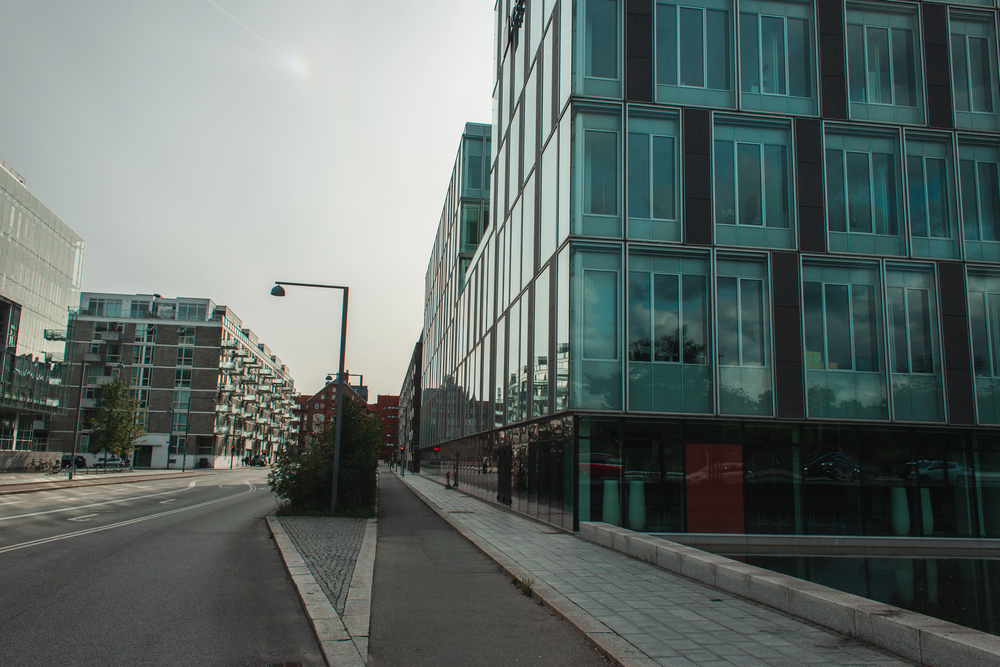Trading centers have shaped human civilization since the earliest days of commerce. These bustling hubs once controlled the flow of goods across continents, seas, and ancient routes, transforming simple crossroads into legendary marketplaces.
While some trading cities maintained prominence into the modern era, others faded into obscurity, leaving only whispers of their former glory behind. Let’s explore these forgotten centers of commerce, which once buzzed with merchants from distant lands.
There, fortunes were made and lost in the blink of an eye. Their stories remind us how quickly the tides of trade can change.
Petra, Jordan
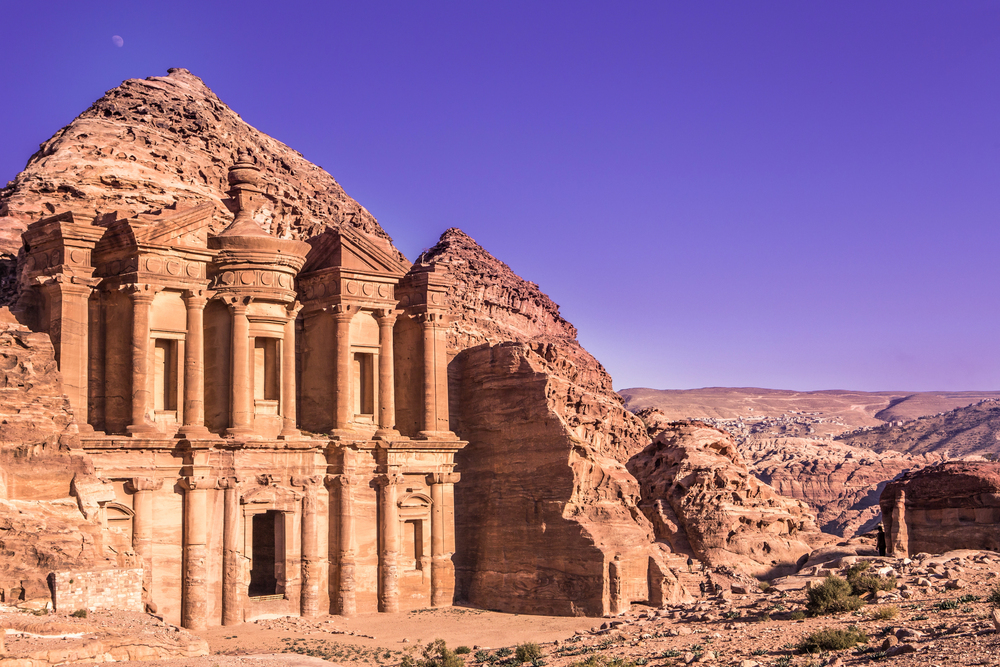
This rose-colored city carved into a rock once served as the beating heart of the Nabataean spice trade empire. Countless caravans loaded with frankincense, myrrh, and exotic spices from distant lands passed through its narrow canyon entrance.
Merchants from across the ancient world gathered in Petra’s markets, trading goods worth millions in today’s currency. The city’s decline began when sea routes replaced traditional caravan paths, leaving this magnificent trading hub to fade into the desert sands slowly.
Merv, Turkmenistan

During its golden age, Merv was the largest city in the world and a crucial stop along the Silk Road. Traders crossing the harsh deserts of Central Asia found refuge in its sprawling markets and caravanserais, where silk, spices, and precious stones changed hands daily.
The city’s libraries and scholars made it an intellectual powerhouse and a commercial giant. Merv’s destruction by the Mongols in 1221 ended its reign as one of history’s greatest trading centers.
Like Travel Pug’s content? Follow us on MSN.
Malacca, Malaysia
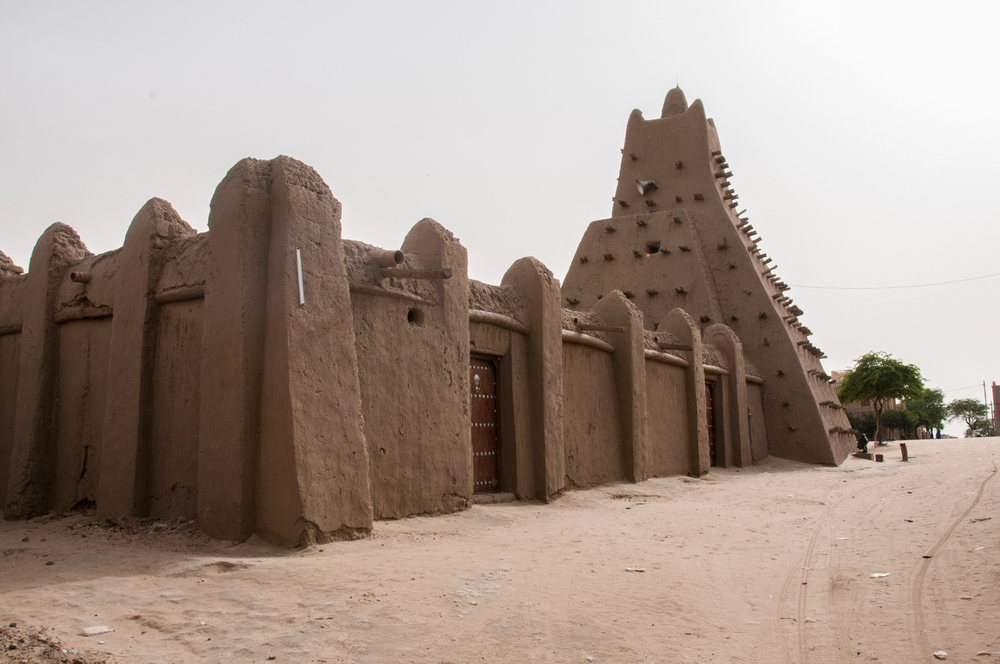
This port city controlled the vital strait connecting Asia’s spice islands to eager European markets. Ships from China, India, and Arabia crowded Malacca’s harbor while its markets overflowed with precious cargo from distant shores.
Portuguese conquest in 1511 began its decline as colonial powers developed alternate trading routes. Today, its quiet streets and aging buildings hardly hint at its former status as Southeast Asia’s richest trading port.
Timbuktu, Mali
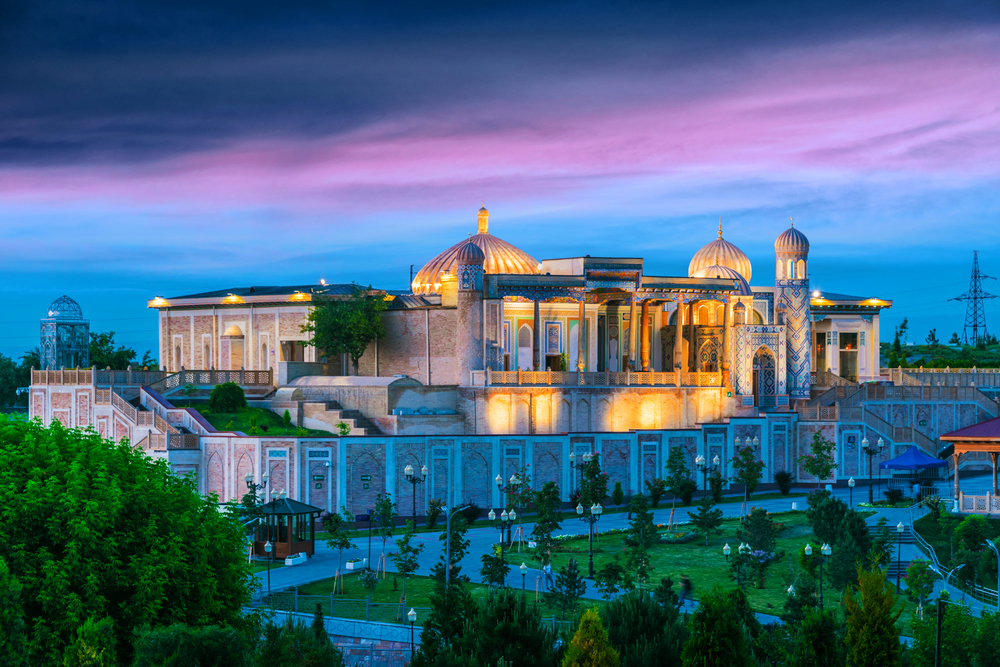
Salt, gold, and books made this Saharan city a medieval trading powerhouse worth its weight in gold. Caravans stretched miles across the desert, bringing traders to exchange goods in Timbuktu’s bustling markets.
Scholars and merchants alike flocked to this desert hub, where salt could be traded for its equivalent weight in pure gold. Changing trade routes and political upheaval eventually turned this once-wealthy metropolis into a remote outpost.
Samarkand, Uzbekistan
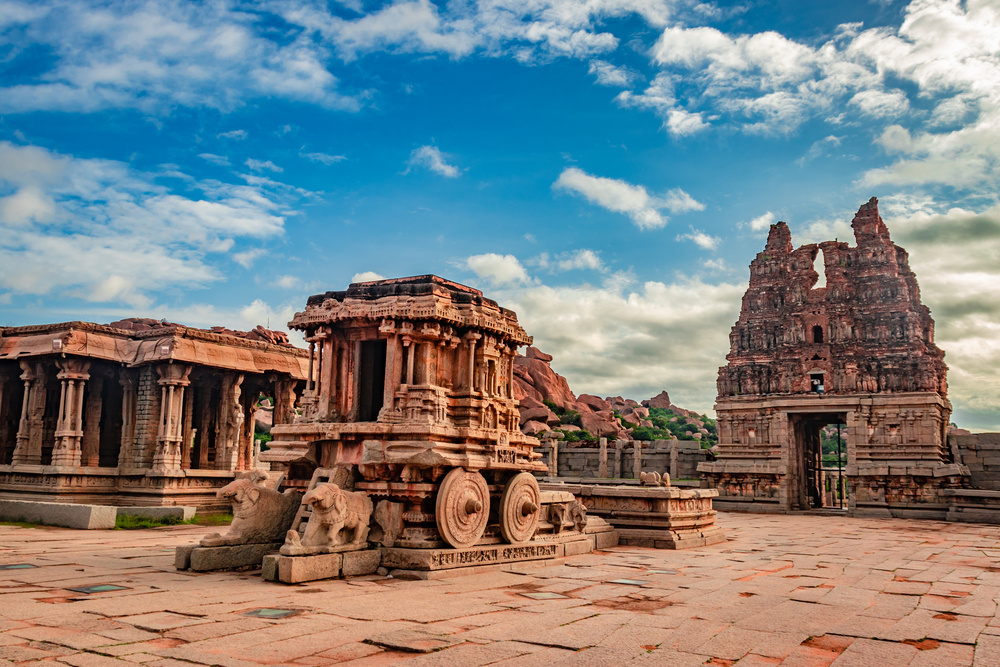
Perfectly positioned along the Silk Road, Samarkand grew rich from the endless flow of traders crossing Asia. Its markets were famous for paper, silk, and spices, while its artisans created sought-after goods from China to Rome.
The city’s stunning blue-domed buildings reflected its massive wealth derived from taxes on passing trade caravans. Modern rail and sea routes eventually bypassed this inland giant, leaving it a shadow of its former commercial glory.
Like Travel Pug’s content? Follow us on MSN.
Vijayanagara, India
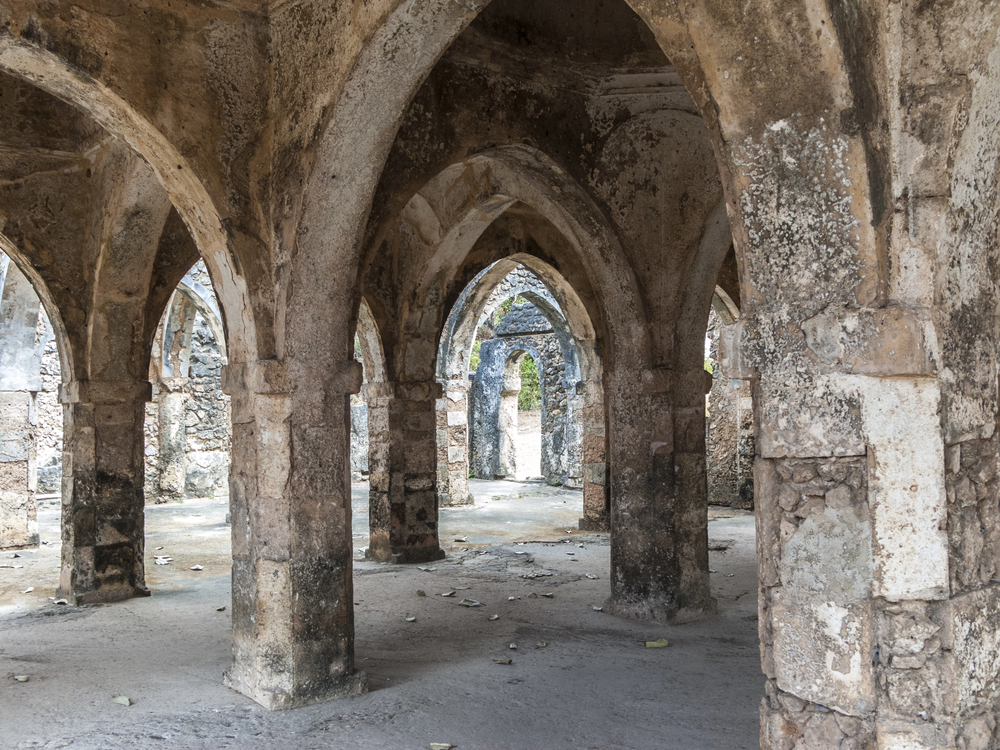
This incredible city once handled most of South India’s spices, textiles, and precious stones trade. Its markets were so vast that visitors claimed it took several days to walk through them all.
Portuguese traders wrote home about streets lined with precious gems and warehouses bursting with valuable goods. The city’s destruction in 1565 erased one of history’s greatest commercial centers from the map.
Kilwa, Tanzania
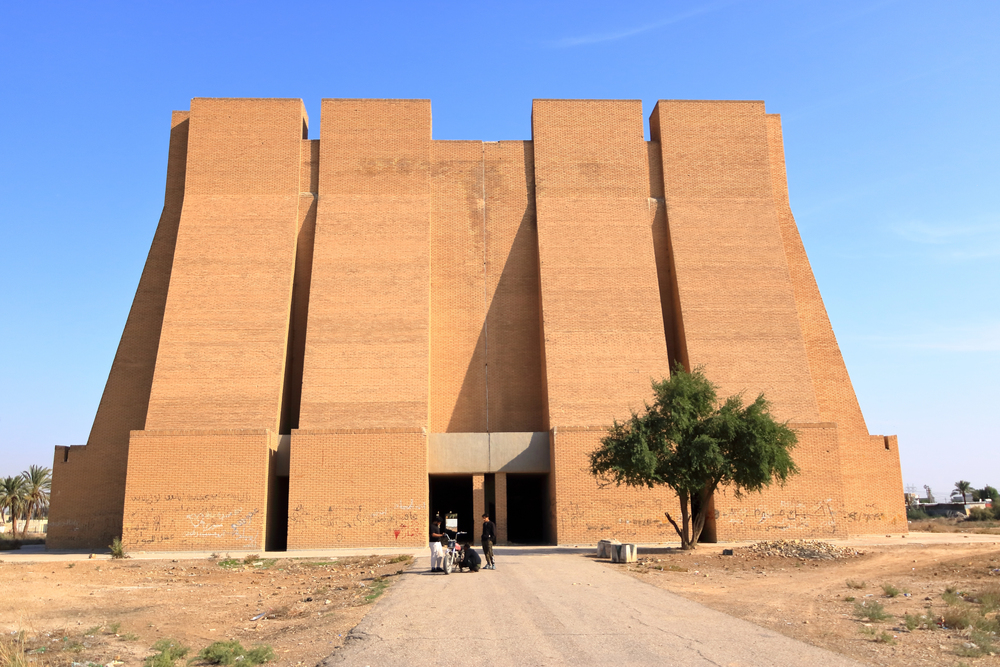
Gold from Africa’s interior passed through this island city on its way to distant markets in Asia and Europe. Arab traders, with their profits, built magnificent coral palaces while local merchants grew rich, controlling the flow of gold and ivory.
Kilwa’s port could handle hundreds of trading vessels simultaneously, making it East Africa’s busiest commercial hub. Portuguese interference and changing trade patterns eventually left this once-mighty port city in ruins.
Ctesiphon, Iraq
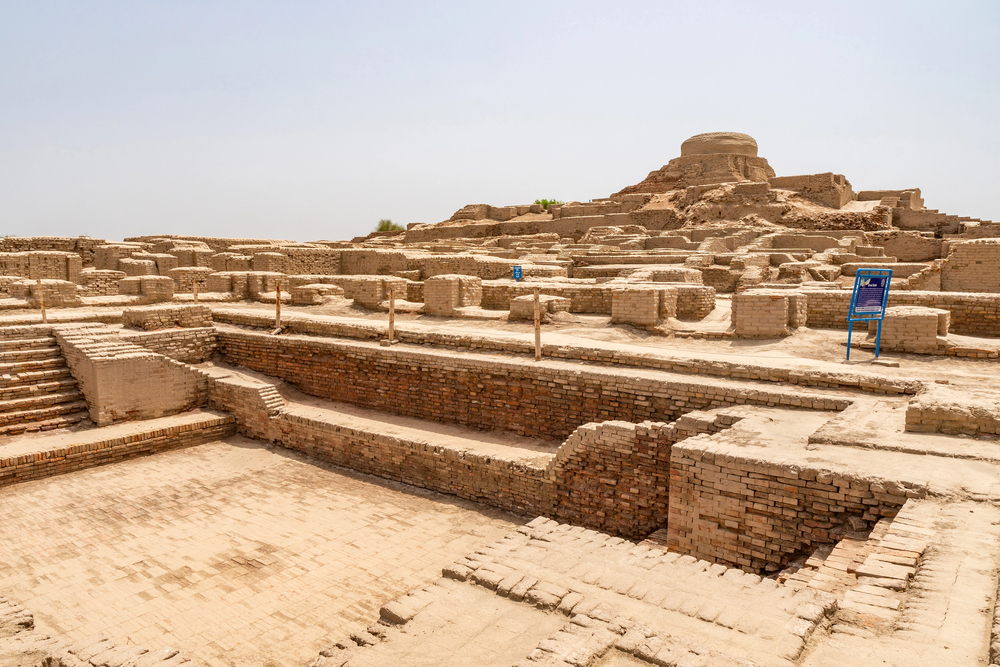
The capital of the Parthian Empire was located along ancient trade routes connecting China with the Mediterranean. Its markets traded silk, spices, and precious stones worth fortunes in ancient currency.
The city’s massive arch, still standing today, watched over countless merchant caravans passing through its gates. However, war and shifting trade routes reduced this mighty commercial center to scattered ruins along the Tigris River.
Like Travel Pug’s content? Follow us on MSN.
Mohenjo-Daro, Pakistan

This ancient city pioneered organized trade in the Indus Valley over 4,000 years ago. Its carefully planned streets and standardized weights show how advanced its trading systems were for their time.
Merchants across ancient Asia began trading in its markets, exchanging cotton textiles, carnelian beads, and other valuable goods. The city’s mysterious abandonment ended one of humanity’s earliest experiments with organized commerce.
Balkh, Afghanistan

Known as the ‘Mother of Cities,’ Balkh was a key stop for traders crossing ancient Asia. Its markets handled everything from Chinese silk to Indian spices and Byzantine gold.
The city’s location at the crossroads of major trade routes made it one of the wealthiest places in the ancient world. Mongol invasion and the decline of overland trade routes eventually turned this commercial giant into a quiet provincial town.
Angkor, Cambodia

This vast city controlled much of Southeast Asia’s trade during its golden age. Its markets handled spices, silk, and exotic goods worldwide.
The city’s massive water system supported a trading population of nearly a million people. Environmental changes and shifting trade patterns eventually forced the abandonment of this once-mighty commercial center.
Like Travel Pug’s content? Follow us on MSN.
Taxila, Pakistan

Taxila grew wealthy at the junction of three major trade routes, handling goods from across Asia. The city’s markets were famous for their textiles, armor, and precious stones.
Greek, Persian, and Indian traders mingled in its streets, creating a unique blend of ancient cultures. The city’s decline came with the fall of the Kushan Empire and the disruption of traditional trade routes.
Great Zimbabwe, Zimbabwe

This African trading empire controlled the gold and ivory trade in southern Africa. Its massive stone walls protected warehouses filled with valuable trade goods from across the continent—merchants from as far as China and Persia traded for African gold in its markets.
The city’s mysterious abandonment in the 15th century ended its control over southern Africa’s valuable trade routes.
Caesarea, Israel
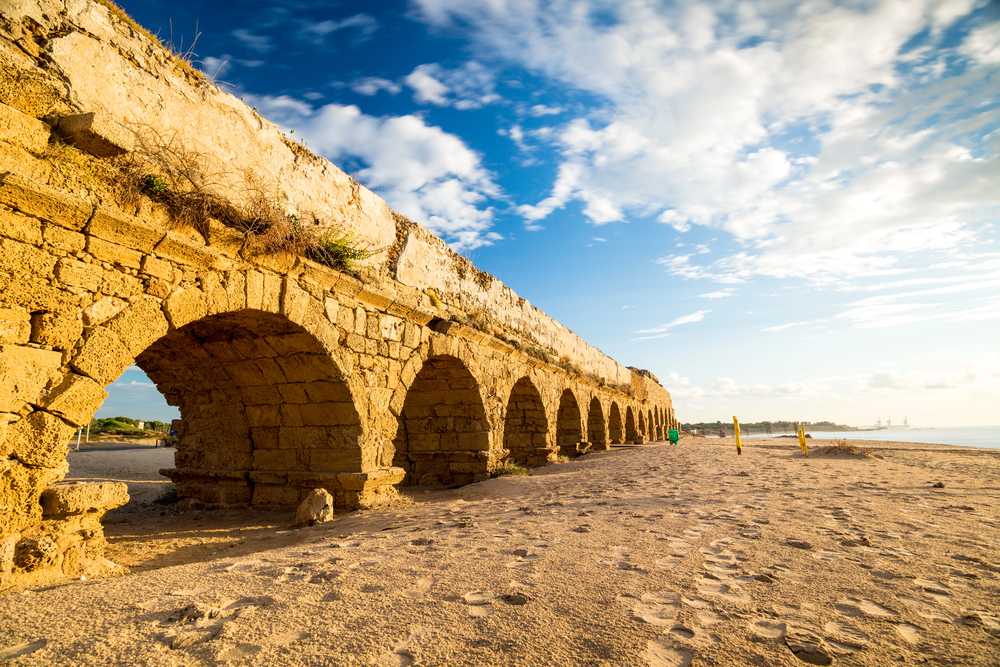
This Roman port city handled most of the eastern Mediterranean’s trade during its peak. Its advanced harbor could hold hundreds of ships, making it one of the ancient world’s busiest ports.
The city’s markets were famous for glass, purple dye, and other valuable trade goods. Shifting political powers and natural disasters eventually reduced this mighty port to ruins along the coast.
Like Travel Pug’s content? Follow us on MSN.
Karakorum, Mongolia
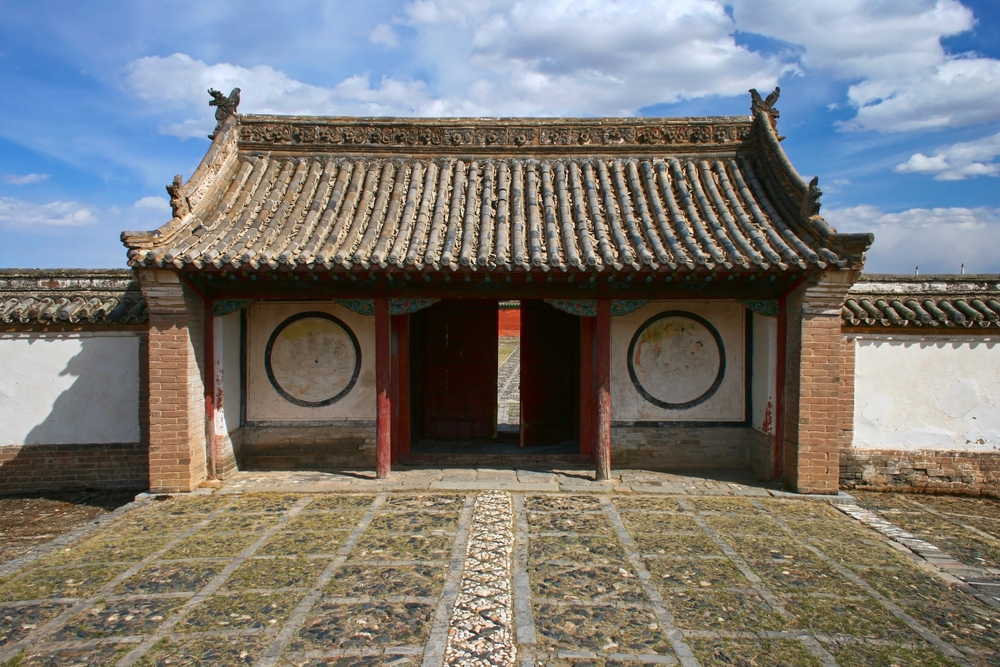
The Mongol capital was a significant trading hub connecting Europe with distant China. Merchants across Eurasia gathered in its markets, exchanging goods from the world’s far corners.
The city’s cosmopolitan atmosphere attracted traders speaking dozens of different languages. The collapse of the Mongol Empire ended this brief but brilliant chapter in trading history.
Aghmat, Morocco

This medieval Moroccan city controlled trade routes crossing the Sahara Desert. Its markets handled gold, enslaved people, and salt from Africa’s interior.
The city’s wealth attracted merchants across the Islamic world to its busy streets. The rise of Marrakesh as a new trading center eventually led to Aghmat’s decline and abandonment.
Muziris, India

This legendary port handled most of ancient India’s trade with Rome and the West. During its peak trading period, ships loaded with gold and spices crowded its harbor.
The city’s markets were famous throughout the ancient world for their pepper and precious stones. A massive flood in the 14th century wiped this trading giant off the map, leaving only traces for archaeologists to find.
Like Travel Pug’s content? Follow us on MSN.
Loulan, China
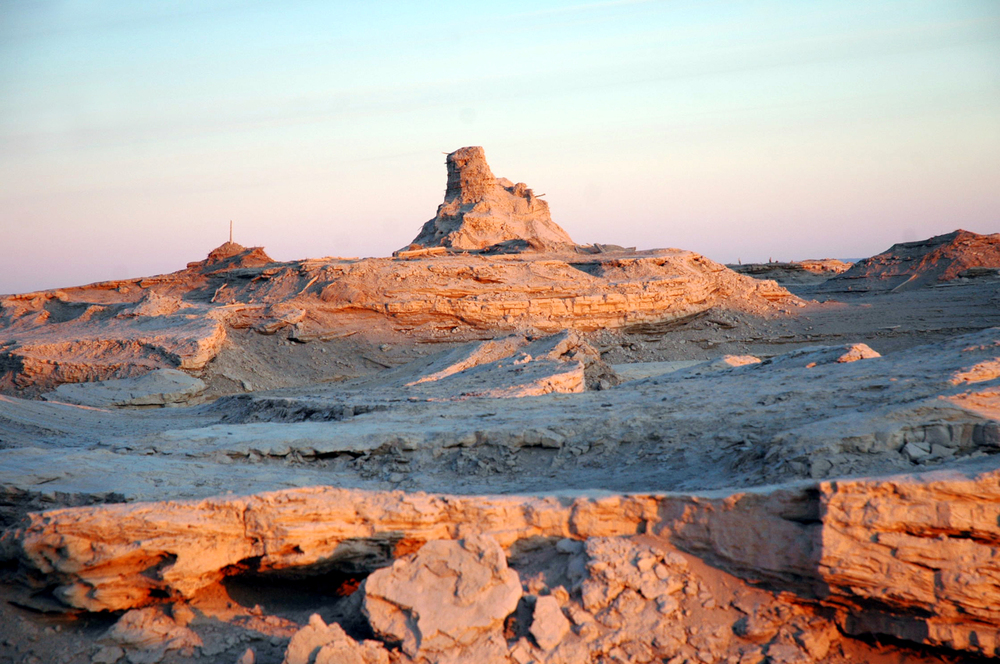
This desert city flourished as a major stop along the northern Silk Road route. Its markets handled precious jade, silk, and other valuable trade goods crossing Asia.
The city’s location near the fearsome Taklamakan Desert made it a crucial rest stop for tired caravans. Changing climate conditions and shifting trade routes eventually forced its abandonment to the desert sands.
Palmyra, Syria
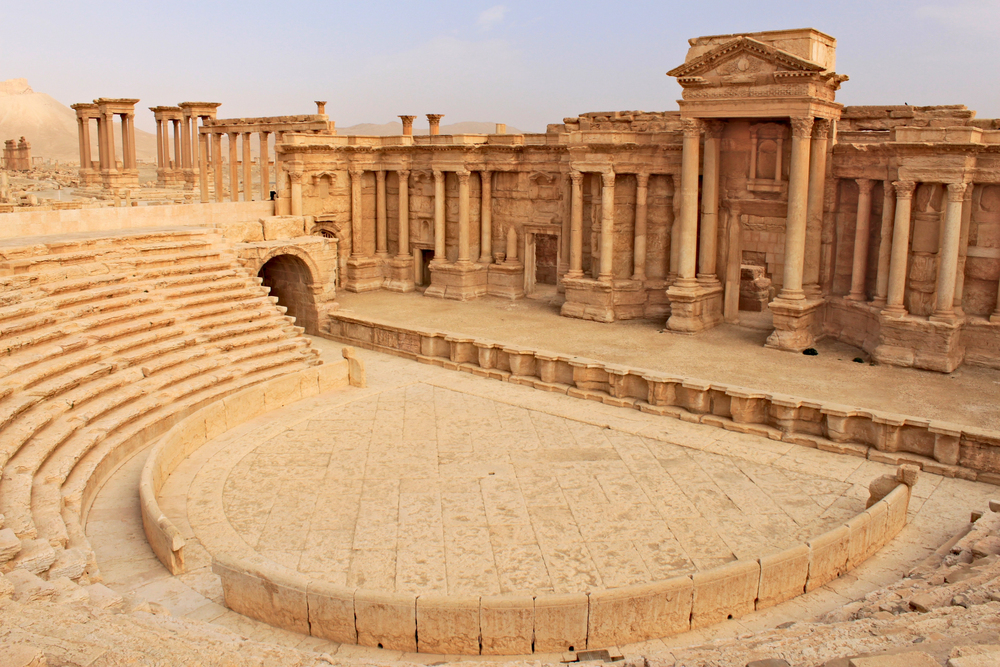
This desert oasis grew wealthy, taxing trade caravans crossing between Rome and Persia. Its markets traded silk, spices, and precious stones from ancient times.
The city’s merchants became so wealthy that they eventually challenged Rome’s regional power. War and changing trade patterns reduced this proud trading city to magnificent ruins in the Syrian desert.
Siraf, Iran

This Persian Gulf port once handled most medieval trade between Europe and Asia. Its wealthy merchants built multi-story houses decorated with expensive Chinese porcelain.
The city’s harbor could hold hundreds of trading ships from distant ports across Asia. A devastating earthquake and changing trade patterns eventually left this wealthy port in ruins.
Like Travel Pug’s content? Follow us on MSN.
Canton Road Ahead

These forgotten trading hubs remind us how commerce can build magnificent cities and abandon them as trade routes shift. Their stories echo through time, showing how global trade patterns shaped human civilization long before our modern era.
While their markets no longer buzzed with activity, these cities left lasting marks on human history through their contributions to culture, technology, and commerce. Their legacy lives on today’s trade routes and commercial networks, even as new trading hubs rise and fall in our increasingly connected world.
The tales of these forgotten commercial giants offer valuable lessons about the temporary nature of economic power and the endless cycle of rise and decline in global trade.
More from Travel Pug

- 20 Towns Built for One Purpose That Were Later Abandoned
- 15 Hidden Spots in Disney World’s Magic Kingdom Most Visitors Miss
- 15 Most Scenic Walks Anywhere in The World
- 15 Canyons in the U.S. That Are Just as Stunning as the Grand Canyon
- 10 Under-the-Radar Mountain Towns That Are Both Affordable and Beautiful
Like Travel Pug’s content? Follow us on MSN.
